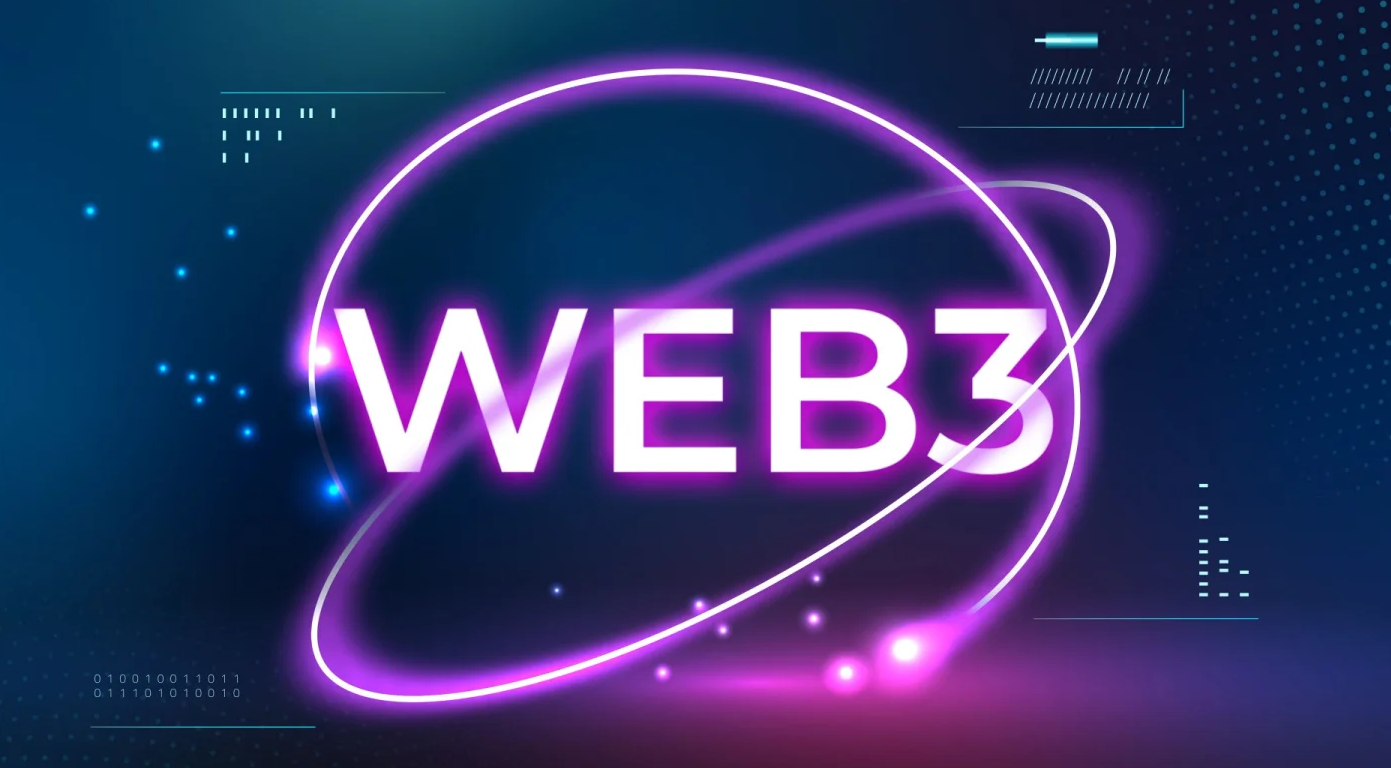Web3, short for “Web 3.0,” refers to the next generation of the internet, which aims to decentralize control, giving users more power and ownership over their data, identities, and digital assets. Unlike the current version of the web (Web2), which is dominated by centralized platforms (like Google, Facebook, and Amazon), Web3 is built on blockchain technology and aims to create a more open, transparent, and user-centric internet.
Key Concepts of Web3:
- Decentralization:
- In Web3, control is distributed across a network of computers (nodes) rather than being centralized in a few large companies. This is achieved through blockchain technology, where data is stored on a distributed ledger that is maintained by a network of participants.
- Ownership and Control:
- Users have greater ownership and control over their digital assets, identities, and data. Through technologies like cryptocurrency wallets, users can manage their digital assets (like Bitcoin, NFTs, etc.) without relying on intermediaries.
- Smart Contracts:
- Smart contracts are self-executing contracts with the terms of the agreement directly written into code. They automatically execute transactions and agreements when predefined conditions are met, reducing the need for middlemen.
- Cryptocurrency:
- Cryptocurrencies are digital or virtual currencies that use cryptography for security. They are an integral part of Web3, enabling peer-to-peer transactions and powering decentralized applications (dApps).
- Decentralized Applications (dApps):
- These are applications that run on a blockchain network rather than a centralized server. dApps are open-source, and their data and records are publicly available on the blockchain.
- Tokenization:
- Web3 allows for the creation and exchange of digital tokens, which can represent anything from assets and currencies to voting rights and membership. Tokens can be used to incentivize and govern decentralized networks.
- Interoperability:
- Web3 promotes interoperability, meaning different blockchain networks can communicate and interact with each other, allowing for a more seamless and integrated digital ecosystem.
Potential Impact of Web3:
- Empowering Users: Web3 empowers users by giving them control over their data and digital identities, reducing dependence on large tech companies.
- New Business Models: It enables new business models like decentralized finance (DeFi), where traditional financial services are offered in a decentralized manner, and play-to-earn games, where users can earn real value from in-game assets.
- Challenges: Web3 is still in its early stages and faces challenges like scalability, user experience, and regulatory uncertainty.
In summary, Web3 represents a shift towards a more decentralized, user-centric Internet, where blockchain technology plays a central role in enabling trust, transparency, and autonomy for users.
Referral
You can SignUp Binance and get 100USDT CashBack
SignUp Kucoin and Get 20% OFF on every Trade
SignUp OKX and Get a Mystery Box worth 100USDT
Read Also: 10 Types of Cryptocurrencies: What They Are and How They Work








